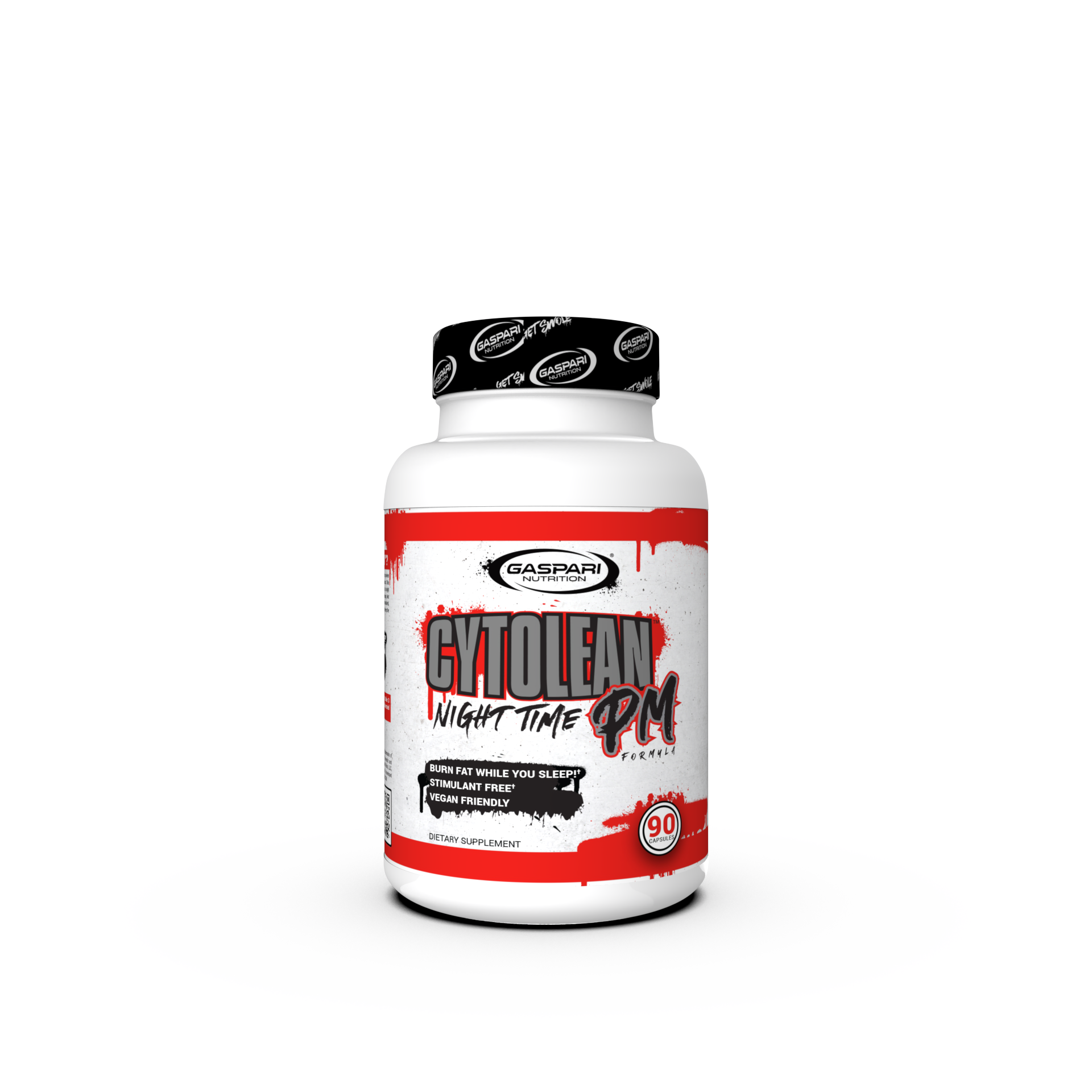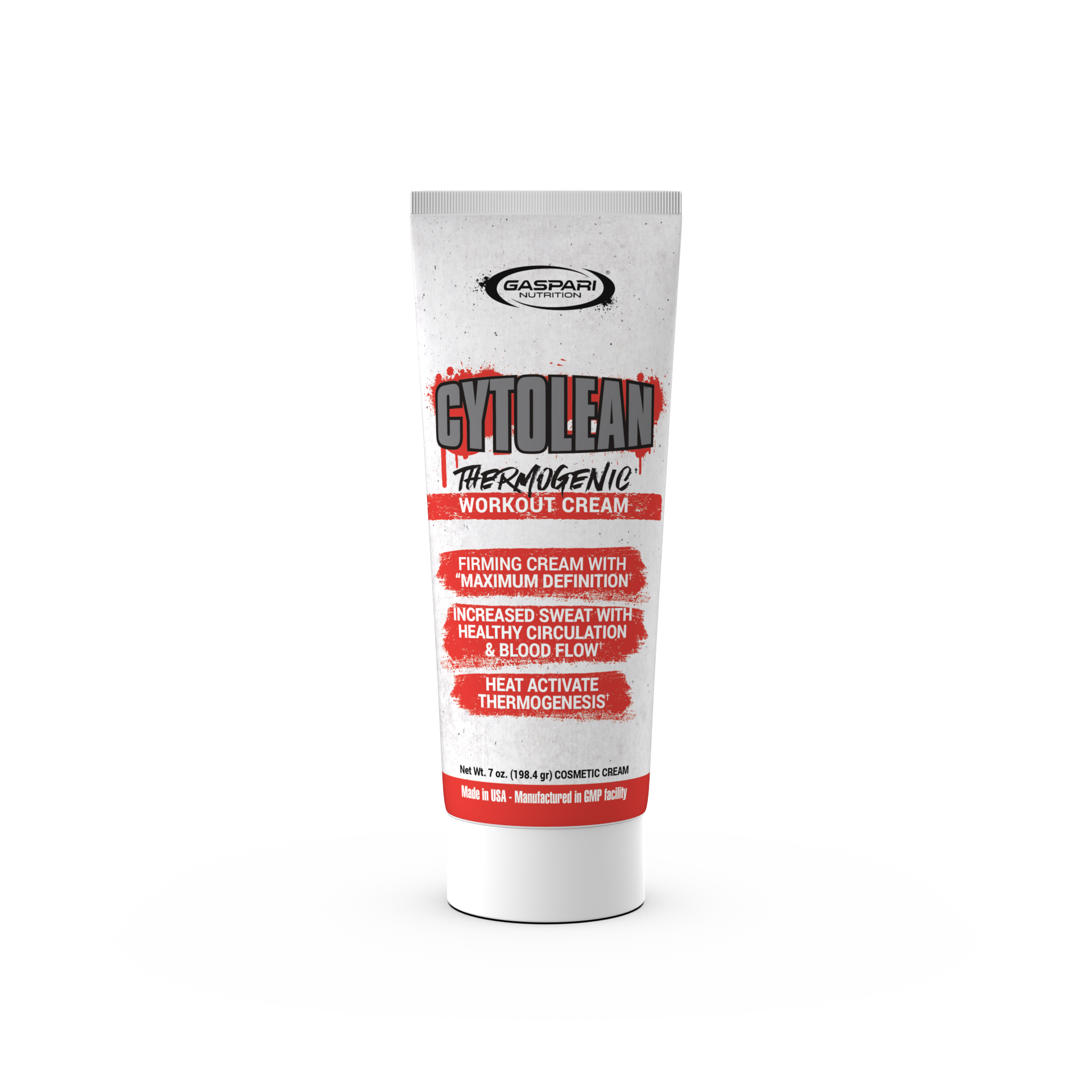The fitness industry is built on fact versus fiction. You have the “experts” who make outrageous bro-science claims, and then you have the exercise physiologists and nutritionists who debunk those misconceptions. Take, for instance, the myth about turning fat into muscle. A lot of people seem to think that muscle tissue can become adipose (fat) tissue and vice versa if you don’t work out.
This doesn’t happen, because muscle and fat are two chemically and biologically different tissues. If someone ever did turn fat into muscle, they would have either mastered alchemy or being a god, because that’s akin to transmuting lead into gold.
So, what does this mean? How do people lose fat and gain muscle? Where does the fat go if it’s not becoming something else?
The Magic of Body Composition
The idea of turning fat into muscle comes from those who witnessed a phenomenon where they lost their muscle while getting fatter, despite the weight on the scale remaining the same. It’s kind of like ice cubes melting into a cup of water. Those cubes aren’t adding to the overall volume, and so the cup doesn’t overflow.
What is really happening is that these people saw a change in their body composition, which is a ratio between fat mass and lean mass. Sometimes, when skeletal muscle mass drops due to an increase in inactivity or other lifestyle changes, the body fat percentage will increase.
Weight Loss and Gain
There are a few biological states that contribute to muscle wasting, and it happen every day of our lives. Cell turnover rate and protein synthesis are the normal ones, where the body is continuously breaking protein down and rebuilding muscle tissue while other cells are undergoing division and multiplication to keep your body functional.
So, how does the fat get there? Well, there’s only one real way your body adds on fat, and that is when you have something called an energy surplus. An energy surplus is when more calories are going into your body than what is going out.
Now, while the whole idea of calories in/calories out isn’t new, most people have no idea what their total daily energy expenditure (TDEE) really is—and that can lead to problems maintaining your fat to lean body mass ratio. For instance, you might have been a college quarterback. In order to maintain your optimal fitness level as a quarterback, you would need over 4,000 calories a day, especially if you were working out on top of practices and games.
Then, you graduate, and instead of opting for the NFL, you choose a normal office job that leads to a more sedentary lifestyle. Even if you are moderately active, you are going to need way less than those 4,000 calories a day. Assuming you would be eating the same amount, you could have an incredible surplus of calories that aren’t being burned. The body stores this surplus very quickly.
Boom, you now have the illusion that those muscles gained in college have suddenly morphed into fat because you’re in front of the computer.
How To Get Less Fat and More Muscle
Regardless of where you are in your life or how active you are, you can change your body composition with proper diet and exercise. Here are some tips to help you with getting started.
Choose The Right Diet
Proper nutrition is key in growing and developing skeletal muscle mass. You need to consume enough proteins and amino acids for protein synthesis. Additionally, you must get the right ratio of macronutrients to maintain your ideal bodyweight. Otherwise, you could lose or gain fat and muscle, even if you are getting enough exercise.
Lifestyle is also a factor in how much you loss or gain. A sedentary person is going to need a lot less food than an extremely active person.
First, you should use an online calculator to check out your basal metabolic rate (BMR) and total daily energy expenditure (TDEE). This will give you insight into how much calories you need to maintain your current weight. From there, you can tweak your macronutrients to fit your goals.
Next, eat the right food. This means doing the following:
- Eating protein – about 0.8 to 1.0 gram per kg of body weight. For those who are more active, that can increase to 1.5-2.0 grams per kg of body weight.
- Getting enough carbohydrates – for active individuals, at least 45% of the daily caloric intake should be carbohydrates. Athletes will need more. Sedentary people can opt for way less.
- Eating healthy fats – while eating fat won’t make you fat, the kinds of fats you consume play a major role in body composition. Be sure to avoid saturated fats and trans fats as much as possible while consuming healthy omega-3 fatty acids.
- Food sources should be clean and nutritious. This means less fast food, more homemade meals. Less fillers, more wholesome ingredients and complex carbohydrates. Quality ingredients help you burn more fat and/or build more muscle, depending on your goals.
- Keep the thermic effect of food in mind. This means that digestion for carbohydrates, fats, and protein does raise your metabolism. Proteins are the hardest to breakdown. Fats are the easiest. Also, some foods, like teas, coffee, lemon, dark chocolate, and capsaicin will increase metabolism slightly.
Choose The Right Exercises
One of the goals the average gym-goer has is to melt fat while gaining muscle. Since the body does not convert fat into muscle, this means that you oftentimes need to choose workouts that increase lean body mass. The more lean body mass you have, the higher your basal metabolic rate (BMR), and the more energy you burn throughout the day. However, you need to keep in mind that building muscle means eating more food, so if you are dieting to lose weight and cutting calories, your added activity is going to break down muscle too.
Choose your goals and exercise plan purposefully. Intense workouts are going to boost metabolism for longer periods. Cardio burns off more fat in a single session than lifting weights, but cardio doesn’t build muscle. Resistance training programs that utilize drop sets, complexes, supersets, and HIIT create a hormonal response that fires up the metabolism, as well. In fact, such training methods have what is called an “after burn,” which lasts for about 36 hours post-workout.
Additionally, choose exercises that have high levels of muscle recruitment by utilizing muscles chains, such squats to hit every muscle of the posterior chain. Free weight exercises—barbell and dumbbell exercises—are better for creating the afterburn effect, because you can tweak the tempo, sets, reps, and weight to add dynamism.
Wrapping It Up
Fat cannot become anything but fat, and the same is true for muscle. However, by adjusting your calories to meet your needs, you can avoid the dreaded effects of wasting muscle and gaining fat. Remember, calories in versus calories out might not be 100-percent of the picture, but that alone can help you understand the delicate balance between putting on fat versus putting on muscle.
Want to learn more about weight training and nutrition? Follow our page on Facebook to get instant updates daily.
The post Can I Turn Fat Into Muscle? appeared first on Gaspari Nutrition.













































































Share:
Hunt For Hardcore: Episode 5
How Much Running Is Too Much?